Making physical fitness an important aspect of daily life is the key to maintaining not only maximum physical health, but optimum emotional health as well. Exercise and fitness are important in keeping you feeling your best, but for many people, physical exercise can be too taxing on the body. Physicians and physical therapists - among other medical professionals - often recommend low impact exercise to patients who find that normal exercise is too much for them to handle. But does low impact exercise have to be boring and low-effort? Absolutely not. At TimTam, we’re dedicated to providing our community with the recovery tools, knowledge, and resources necessary to feel their best, which is why we’re here to break down how you can make the most out of low-impact exercises of all types.
What is Low Impact Exercise?
Effective Exercise that Minimizes Strain on the Body
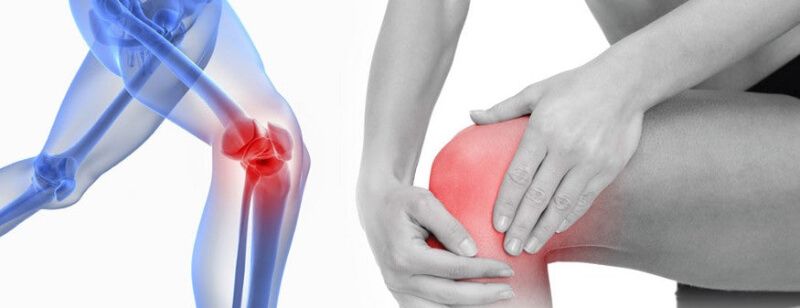
Low impact exercise is defined as any exercise that minimizes the amount of force and stress placed on the joints. Designed to minimize strain on the knees, hips, and ankles; low impact exercise is great for older populations, disability/injury, and beginners looking to start exercising again after some time off. While low impact takes exercises like running, tumbling, and jumping off the table, what remains are a variety of exercise options like swimming, walking, yoga, cycling, elliptical, and more.
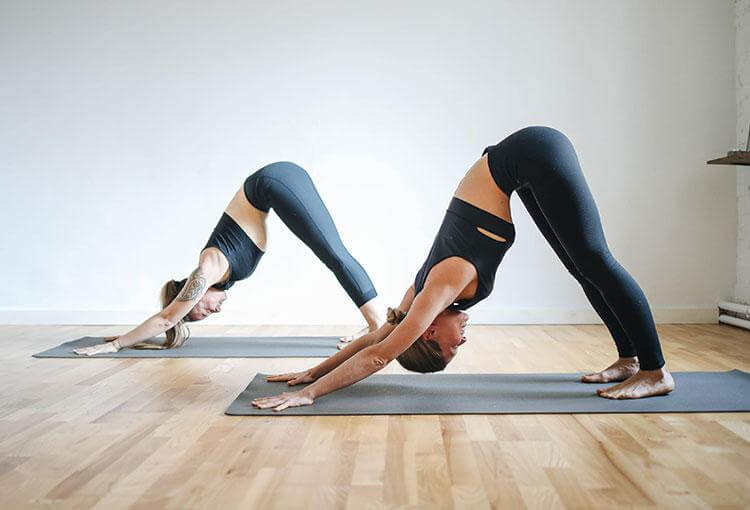
But don’t be mistaken --‘low impact’ exercise does not signify ‘low effort’ or the idea that you will not have a great workout. Low impact exercises, like swimming, can actually build muscle and burn calories better than running due to the activation of more muscles and a higher physical exertion in order to reach the same distance. Additionally, low impact exercise can still bring you incredible benefits like:
- Improved cardiovascular health
- Improved muscle strength and endurance
- Improved mental health
- Reduced risk of injury
In other words -- there’s not much separating low-impact exercise from high-impact workouts. The possibilities are wide open for those looking to get a great workout without having to put unnecessary strain on the joints.
Can You Still Gain Muscle with Low Impact Exercise?
Understanding Muscle Growth and Low-Impact Training

The name ‘low impact’ is a deceiving term. You wouldn’t think bodybuilders, or Olympic swimmers are engaging in low impact exercise from the looks of them; however they all incorporate these movements into their training at one point or another. Now that you know the basis of low-impact exercise, Olympic swimmers are a given. But what about bodybuilding?
It’s no secret that bodybuilders lift heavy weights, but is weightlifting low-impact? The short answer is, yes. Most weightlifting exercises classify as low-impact. As long as the routine does not consist of movements like 3 ft. box jumps with a weighted vest, you should be in the clear. Now, bodybuilder’s may add in some higher impact training, but the main focus is form and time under tension (TUT). This basically means slow, controlled, and low risk of joint damage.
Muscle growth occurs when the muscle itself is slightly strained when under more tension than it can handle during contraction. If the weight is lower than the muscle can handle, more time in this tension is needed in order for the muscle stress and fatigue to set in - defining ‘time under tension’. As a result, micro-tears are created in the muscle. These micro-tears are typically harmless and are naturally repaired within your body using nutrients. As the muscle repairs, it becomes stronger than ever - kind of like a callus on broken skin. This muscle growth and toning can obviously occur with weightlifting over time, leaving you pushing yourself incrementally, but can muscle growth occur in other ways?
The answer here: a resounding yes! When it comes to weightlifting, it’s time we rethink the way we visualize ‘weight.’ The body that you are performing these movements with has a weight to it, as a result of gravity. Body positioning is the main factor that changes the ‘resistance’ or difficulty of the movement as your muscles must hold the weight of the body against gravity.
People who do yoga, for instance, may not be lifting traditional dumbbells but are lifting their own bodyweight and holding that position for time under tension.. Swimmers may not appear to be dealing with traditional weights either, but the pressure of water resistance allows them to still be putting their muscles up to a serious challenge. These low-impact exercises, while they don’t appear to be doing much on the surface, can help you tone and build muscles.
How Can I Make the Most Out of Low Impact Exercise?
Tips for Tapping-In to Great Results with Low Impact Exercise
It’s clear that low-impact exercise and movements can provide amazing benefits for your workout regimen. Looking for ways to get as much out of your low-impact workout as possible? Remember these tips:
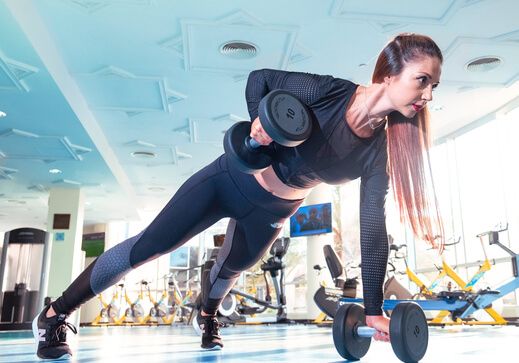
Isolate Muscle Groups. A great way to maximize muscle growth during low impact exercise is to isolate different muscle groups one day at a time. For instance, swimmers can isolate muscles by focusing entirely on the kick or stroke one day, maximizing the effort exerted by each muscle group while still remaining low-impact. Creating a ‘split’ routine will also give the muscle the time it needs to recover for the next workout.
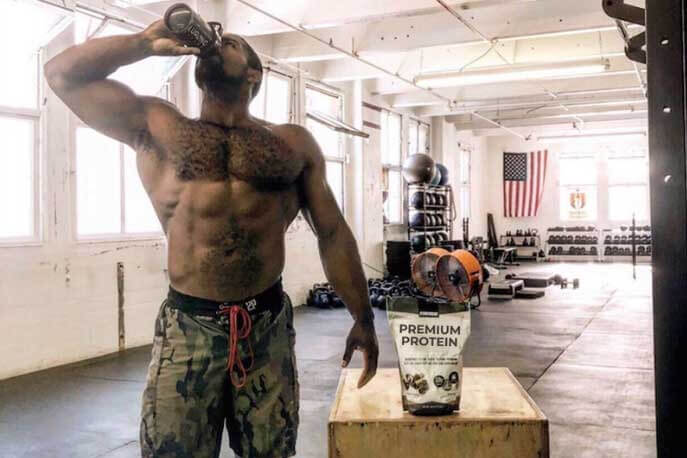
Ensure Proper Diet. In order for muscles to properly heal and grow from low-impact exercise, it’s extremely important to ensure proper dietary intake. Eating plenty of protein and other nutrients will help your muscles build and repair themselves faster. This remains the same for high-impact exercises but channeling maximum results from lower weight-bearing workouts like yoga requires careful attention and balance in nutrient intake.
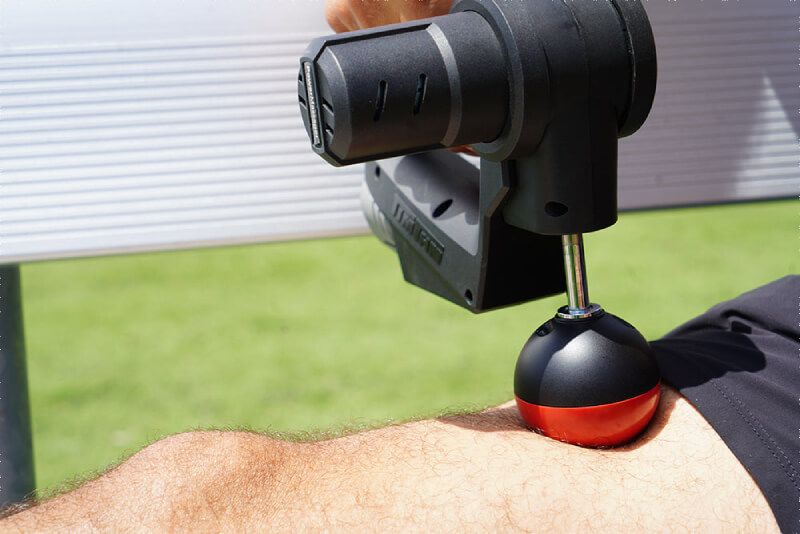
Take Time for Recovery. No matter what kind of exercise you take part in - even after working out consistently - you’re going to be sore. As you gradually increase resistance, add extra reps, and your routine evolves, this will continue. Try the TimTam Power Massager Pro and take some time to reduce the pain and optimize the body to heal and rebuild in order to get back in the gym, get stronger, and be more prepared than ever before.
Make the most out of your low-impact exercise with the help of TimTam. Explore our line of modern recovery tools, like the Power Massager Pro Bundle and begin turning graceful, low-impact exercising into outstanding power today.


